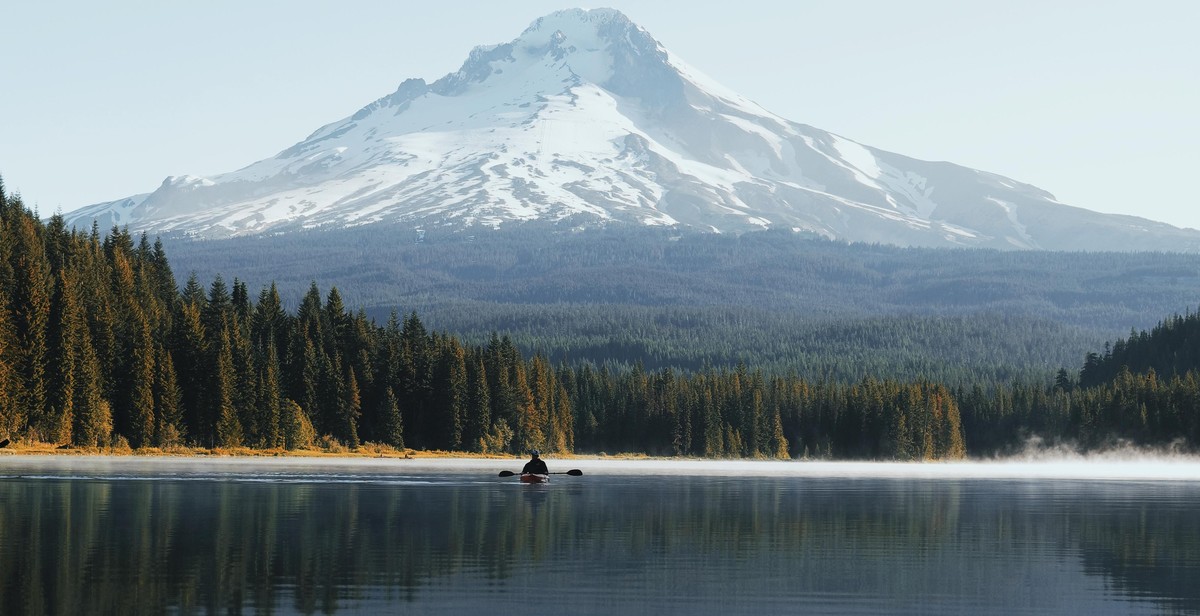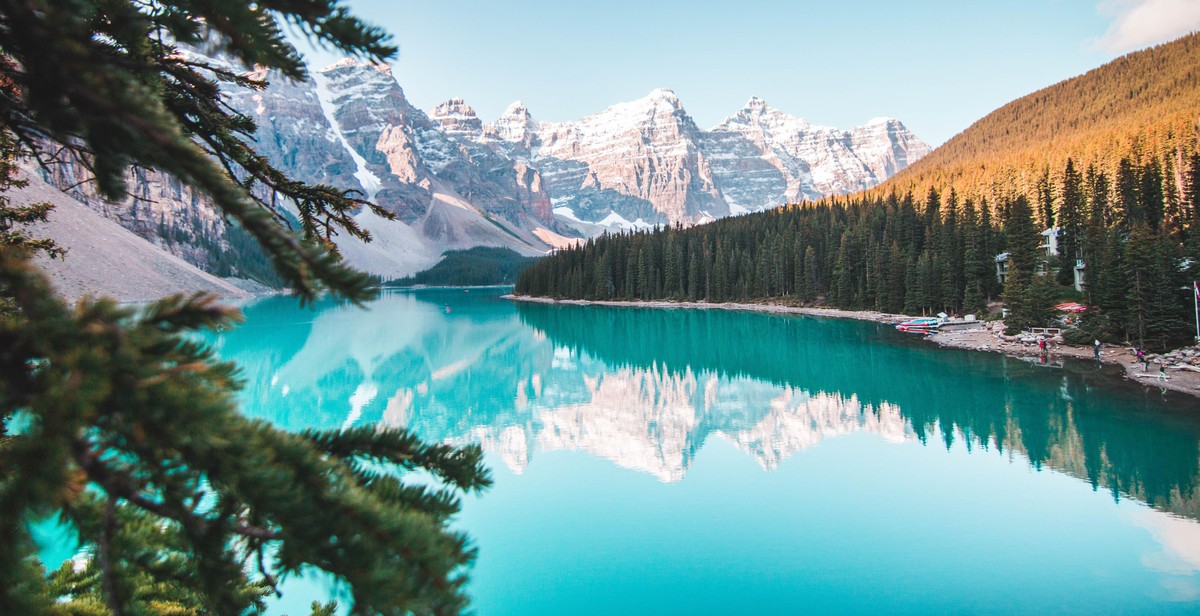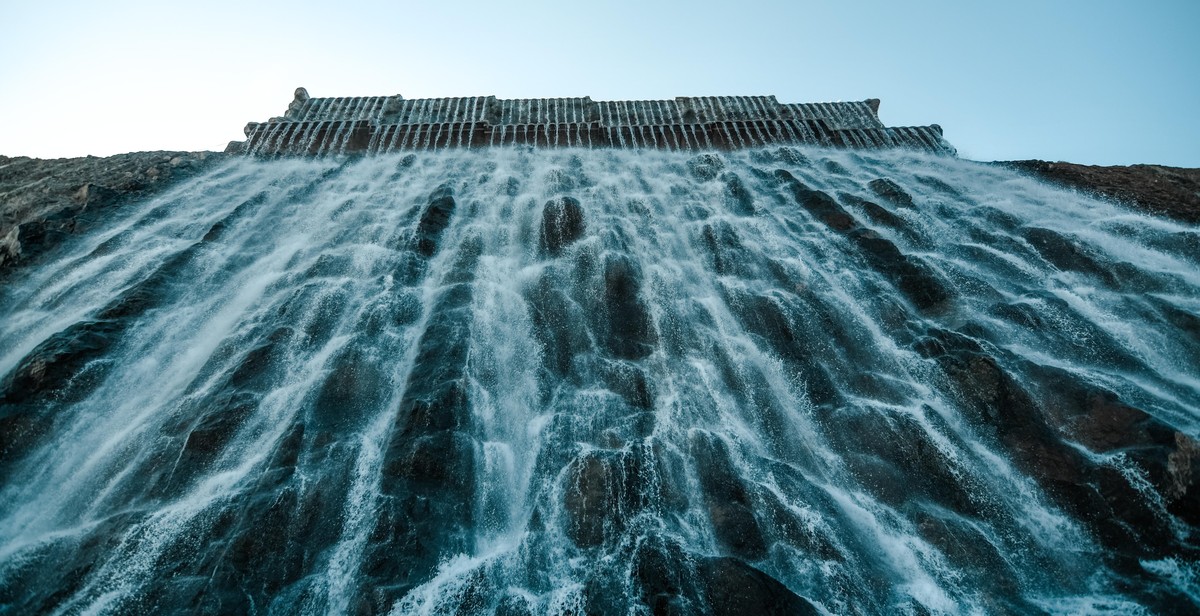Introduction
Kayaking is a popular water sport that involves paddling a small boat known as a kayak. It is a great way to explore lakes, rivers, and oceans while enjoying the scenic beauty of the surroundings. Kayaking is not only an adventurous activity but also a great form of exercise that can improve your physical and mental health.
If you are planning to go kayaking, choosing the right lake is crucial for a safe and enjoyable experience. With so many lakes to choose from, it can be overwhelming to decide which one is best for you. In this article, we will discuss the factors you should consider when choosing the right lake for kayaking.
What is Kayaking?
Kayaking is a type of water sport that involves paddling a small boat, called a kayak, on water. The kayak is propelled using a double-bladed paddle, and the paddler sits facing forward with their legs stretched out in front of them. Kayaking can be done on different types of water bodies, including lakes, rivers, and oceans.
There are different types of kayaks, including recreational kayaks, touring kayaks, and whitewater kayaks. Recreational kayaks are ideal for beginners and are designed for calm waters. Touring kayaks are longer and faster and are designed for longer trips on open water. Whitewater kayaks are designed for navigating rapids and rough water.
Now that you know what kayaking is, let’s dive into the factors you should consider when choosing the right lake for kayaking.

Factors to Consider When Choosing a Lake for Kayaking
Kayaking is a fun and exciting activity that allows you to explore the beauty of nature while getting some exercise. Choosing the right lake for kayaking can make all the difference in the quality of your experience. Here are some factors to consider when selecting a lake for kayaking:
Location
The location of the lake is an important factor to consider. You want to choose a lake that is easily accessible and not too far from your home or accommodation. This will make it easier for you to transport your kayak and gear to the lake and also save you time and money on travel expenses. Additionally, consider the surrounding area of the lake. Is it in a safe and peaceful location? Are there any nearby attractions or activities that you can enjoy after your kayaking adventure?
Size and Depth
The size and depth of the lake are also important factors to consider. If you are a beginner kayaker, you may want to choose a smaller lake with calm waters and shallow depths. On the other hand, if you are an experienced kayaker, you may want to choose a larger lake with deeper waters and more challenging conditions.
Water Conditions
The water conditions of the lake are another important factor to consider. Check the weather forecast before you go kayaking to ensure that the water conditions are safe. Additionally, consider the wind and wave conditions of the lake. If the lake is known for having strong winds or large waves, it may not be the best choice for kayaking.
Surrounding Environment
The surrounding environment of the lake is also an important factor to consider. Consider the scenery and wildlife of the lake. Do you want a lake with beautiful scenery and abundant wildlife? Are you looking for a peaceful and quiet environment or a lake with more activity and people?
Accessibility
Lastly, consider the accessibility of the lake. Is there a boat ramp or dock for launching your kayak? Are there any fees or permits required for kayaking on the lake? Consider these factors to ensure a smooth and hassle-free kayaking experience.
| Factors to Consider | Description |
|---|---|
| Location | Easily accessible and safe surroundings |
| Size and Depth | Choose a size and depth based on your experience level |
| Water Conditions | Check weather forecast and wind/wave conditions |
| Surrounding Environment | Consider scenery and wildlife of the lake |
| Accessibility | Check for boat ramp or dock and any fees or permits required |

Location
When choosing a lake for kayaking, it is important to consider its location. The proximity to your home or accommodations can greatly affect your overall experience. If you have to travel a long distance to get to the lake, it can add unnecessary stress and expenses to your trip. Therefore, it is recommended to choose a lake that is within a reasonable driving distance.
Proximity to Home
Choosing a lake that is close to your home has its advantages. You can easily pack up your gear and head out for a quick kayaking trip without having to spend a lot of time and money on travel. This is especially convenient if you have a busy schedule or if you want to enjoy kayaking on a regular basis. Additionally, choosing a lake that is close to your home will also save you money on gas and other travel expenses.
Proximity to Accommodations
If you are planning on staying overnight or for a few days, it is important to choose a lake that is close to accommodations such as hotels, campgrounds, or vacation rentals. This will make it easier for you to access the lake and enjoy kayaking without having to worry about traveling a long distance to and from your lodging.
Scenery and Wildlife
In addition to proximity, the scenery and wildlife at the lake can greatly enhance your kayaking experience. Choosing a lake with beautiful scenery such as mountains, forests, or waterfalls can provide a stunning backdrop for your kayaking adventure. Additionally, lakes with abundant wildlife such as birds, fish, and other aquatic animals can provide a unique and exciting experience.
When considering the location of a lake for kayaking, it is important to balance both proximity and scenery/wildlife to ensure a memorable and enjoyable experience.

Size and Depth
When considering the size and depth of a lake for kayaking, there are a few key factors to keep in mind:
Suitability for Skill Level
The size and depth of a lake can greatly impact its suitability for kayaking, particularly in terms of the skill level required. Lakes that are large and deep can present more challenges for beginners, who may struggle to navigate the open water and deal with any waves or currents. On the other hand, smaller and shallower lakes may be more suitable for those just starting out, as they offer a more controlled environment with less potential for unexpected hazards.
Water Traffic
The size and depth of a lake can also impact the amount of water traffic it sees. Smaller lakes may be less popular with motorized boats and other watercraft, making them a more peaceful and enjoyable option for kayakers. Larger lakes, on the other hand, may see more traffic and require kayakers to be more aware of their surroundings and cautious when sharing the water with other boaters.
| Size | Depth | Suitability | Water Traffic |
|---|---|---|---|
| Small | Shallow | Good for beginners | Less water traffic |
| Large | Deep | Challenging for beginners | More water traffic |

Water Conditions
One of the most important factors to consider when choosing a lake for kayaking is the water conditions. The water temperature, currents and tides, wind and waves can all greatly affect your kayaking experience.
Water Temperature
The water temperature can greatly affect your comfort level while kayaking. If the water is too cold, you may need to wear a wetsuit or drysuit to stay warm. On the other hand, if the water is too warm, you may become overheated and dehydrated. It’s important to check the water temperature before heading out on your kayaking trip.
Currents and Tides
Currents and tides can greatly affect your kayaking experience. If you are kayaking in an area with strong currents or tides, you may need to adjust your route to avoid difficult paddling conditions. It’s also important to be aware of the tidal cycle and plan your trip accordingly.
Wind and Waves
Wind and waves can greatly affect your kayaking experience as well. If the wind is too strong, it can make paddling difficult and even dangerous. Waves can also make paddling more challenging, especially if they are large and choppy. It’s important to check the weather forecast before heading out on your kayaking trip and to be prepared for changing conditions.
| Factor | Considerations |
|---|---|
| Water Temperature | Check the water temperature and dress appropriately |
| Currents and Tides | Be aware of strong currents and tides and plan your route accordingly |
| Wind and Waves | Check the weather forecast and be prepared for changing conditions |

Surrounding Environment
When choosing a lake for kayaking, it is important to consider the surrounding environment. This includes accessibility to amenities and whether you prefer a wilderness or developed area.
Accessibility to Amenities
If you prefer a more developed area, look for lakes that have nearby amenities such as restaurants, hotels, and stores. This can be convenient if you plan on staying in the area for an extended period of time or if you want to take a break from kayaking to explore the local area. On the other hand, if you prefer a more secluded experience, look for lakes that are located in remote areas with limited access to amenities.
Wilderness vs. Developed Area
Consider whether you prefer a wilderness or developed area when choosing a lake for kayaking. If you enjoy a more natural setting, look for lakes that are located in wilderness areas with minimal development. These lakes often offer a more peaceful and serene experience. If you prefer a more developed area, look for lakes that have nearby towns or cities with more amenities and activities.
| Pros | Cons |
|---|---|
| Developed areas offer more amenities and activities. | Developed areas can be more crowded and noisy. |
| Wilderness areas offer a more peaceful and natural experience. | Wilderness areas may have limited access to amenities. |
Ultimately, the surrounding environment is an important factor to consider when choosing a lake for kayaking. Whether you prefer a more developed area with nearby amenities or a wilderness area with limited access to amenities, there are many lakes to choose from that can offer a great kayaking experience.

Accessibility
When choosing a lake for kayaking, accessibility is a crucial factor to consider. You want to ensure that the lake has adequate facilities to make your kayaking experience safe and enjoyable. Here are some key considerations:
Parking and Launching Facilities
Before you even hit the water, you need to be able to park your vehicle and launch your kayak. Look for a lake that has designated parking areas for kayakers and well-maintained launching facilities. Ideally, the launch area should be easily accessible and have enough space to accommodate other kayakers.
Permits and Regulations
Some lakes require permits or have specific regulations that kayakers must follow. Before choosing a lake, check with the local authorities to ensure that you have all the necessary permits and are aware of any regulations. This will help you avoid any potential fines or legal issues.
Additionally, some lakes may have restrictions on the types of kayaks allowed or the number of kayakers on the water at any given time. Be sure to research these regulations before heading out.
Conclusion
By considering accessibility factors such as parking and launching facilities, permits, and regulations, you can ensure a safe and enjoyable kayaking experience on the lake of your choice.
